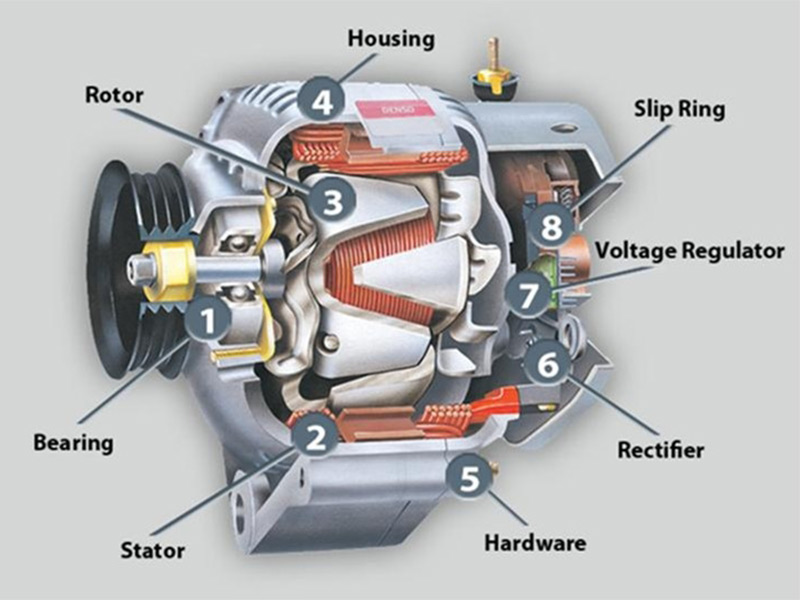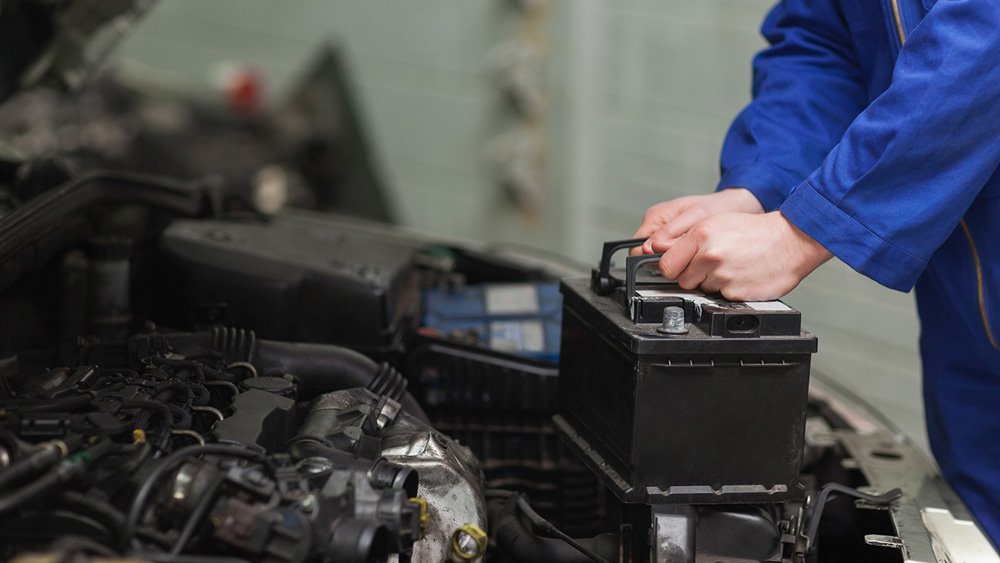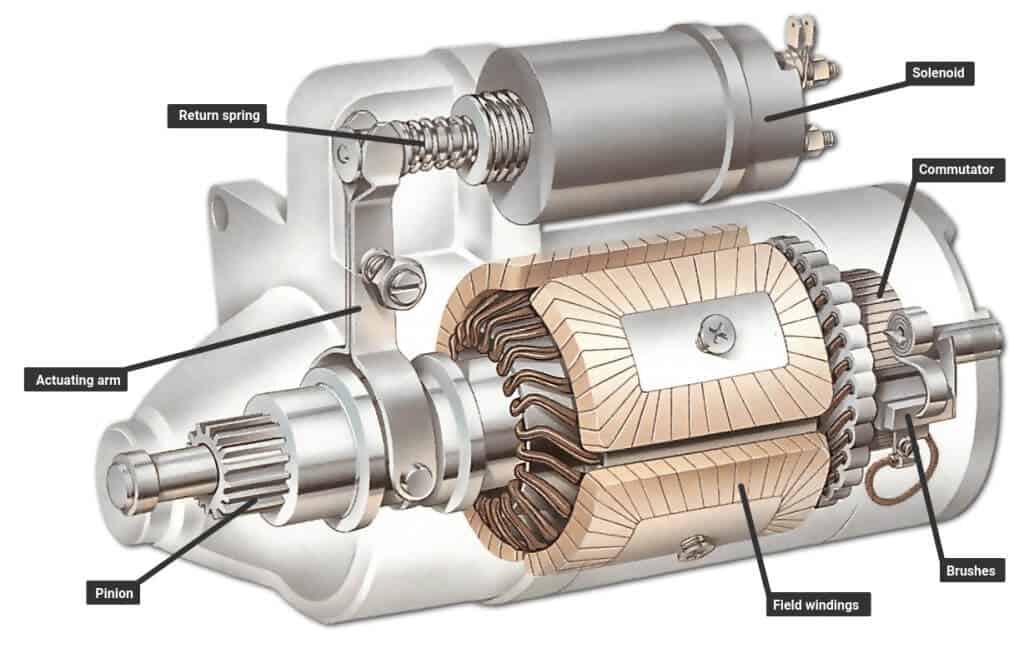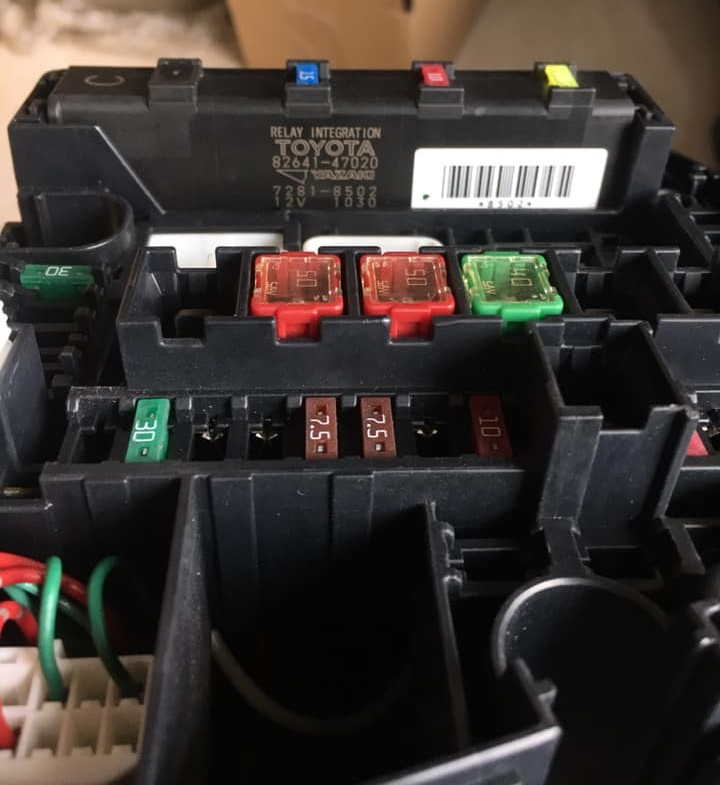The Structure of an Automobile’s Electrical System
Alternator
The alternator generates and supplies electrical energy to the auxiliary battery and other electrical systems in the vehicle when the engine is running. Driven by a belt connected to the crankshaft pulley, the alternator converts mechanical energy into electrical energy.
Typically located within the engine compartment, the alternator is designed to provide electrical power to various systems immediately after the engine starts. It also recharges the auxiliary battery during operation.
An automotive alternator consists of eight main components:
- Bearings
- Stator
- Rotor
- Alternator housing
- Mounting brackets
- Rectifier
- Voltage regulator
- Electrical contact rings
Common signs of a faulty alternator include the illumination of the charging system warning light on the dashboard, dimming headlights, or difficulty starting the engine due to an undercharged battery.

Car generator parts (Source: Collected)
Car Battery
The car battery operates by converting stored energy into electrical power. It supplies electricity to the starter motor for engine ignition and powers other electrical components when the engine is not running. Once the engine starts, the alternator recharges the battery and acts as a reservoir for electrical energy within the vehicle.
Currently, two primary types of batteries are commonly used in vehicles: dry cells and wet cell batteries.

Disassembling and installing the battery at the front of the car (Source: Collected)
Starter Motor
The starter motor, also known as the vehicle’s starter, initiates engine operation by rotating the flywheel and crankshaft using electrical energy from the battery.
The required starting speed varies depending on the engine’s design and size. For example, gasoline engines typically require 40–60 revolutions per minute (RPM), whereas diesel engines require 80–100 RPM.
Common types of starter motors include reduction gear starters, conventional coaxial starters, planetary gear starters, and planetary gear starters with bar rotor designs (PS type).

The starter, also known as the car starter (Source: Collected)
Wiring
Automotive wiring facilitates the connection and transfer of electrical currents between power sources, control devices, and electrical systems.
Each vehicle model and manufacturer employ unique wiring designs. Additionally, wires performing different functions are often color-coded and vary in size for ease of identification during maintenance and repair.
Relays and Fuses
Relays and fuses are critical in maintaining and safeguarding a vehicle’s electrical system. Relays function as switches that open or close electrical circuits, ensuring their safe and efficient operation. Fuses, on the other hand, protect electrical circuits by preventing damage from overloads or short circuits.
These components are usually housed together in fuse boxes, located in the engine compartment near the battery. Vehicle owners can consult the user manual or contact the manufacturer to locate and inspect the fuse box.
Typically, cars are equipped with two main fuse boxes: one located under the hood near the engine and another beneath the dashboard.

Fuse box on car (Source: Collected)
The Operation of an Automobile’s Electrical System
The electrical system of a vehicle operates similarly across all models:
- When the ignition key is turned, the starter motor draws energy from the auxiliary battery to start the engine.
- The ignition system, managed by the central control unit, uses battery power to create electrical sparks.
- A mixture of air and fuel is ignited in the combustion chamber, generating power to start the engine.
- Once the engine is running, the alternator recharges the battery and supplies power to other electrical systems throughout the vehicle.